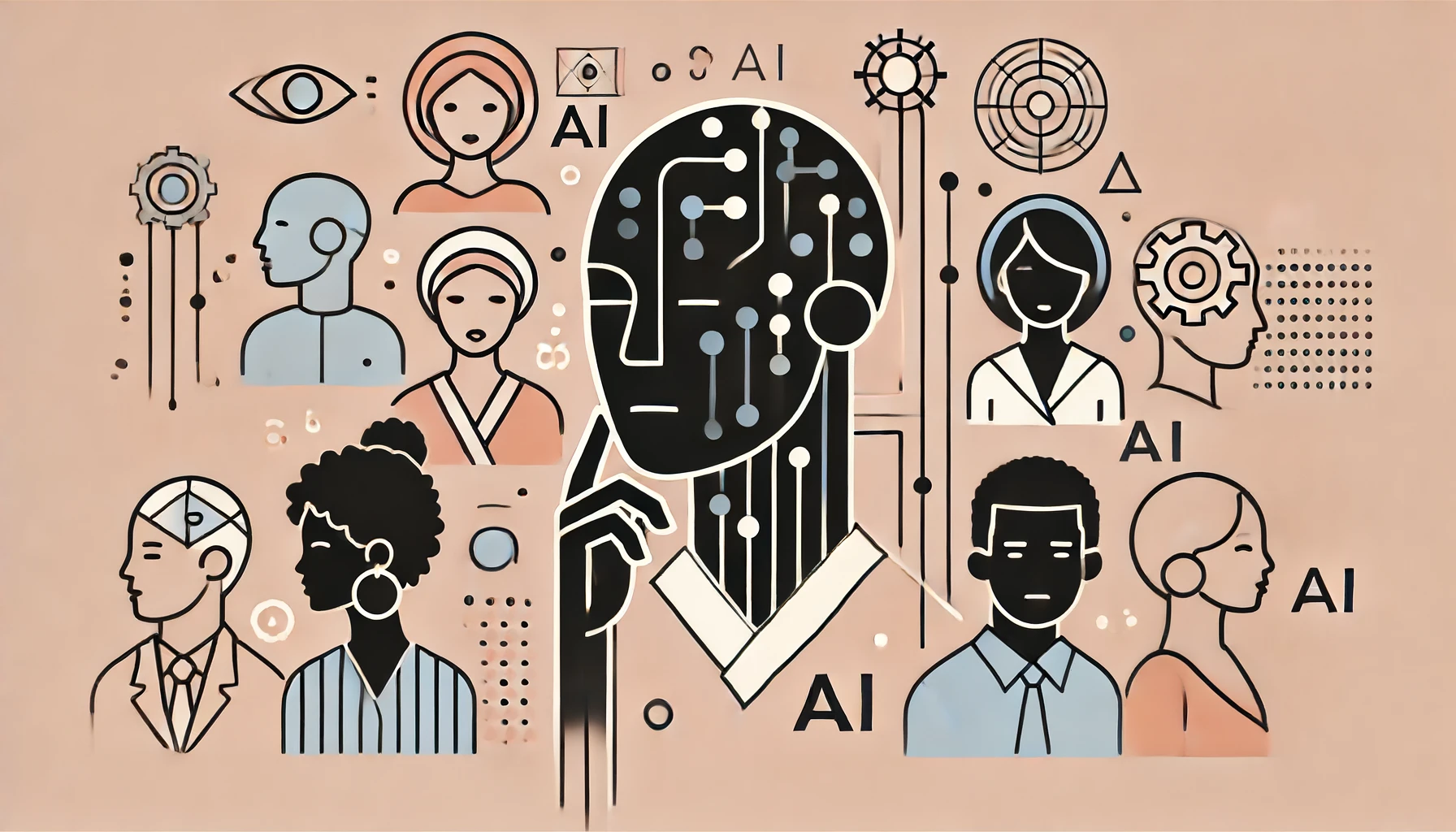In the rapidly advancing world of artificial intelligence, Black founders are taking significant strides to develop AI models that resonate with the cultural experiences of Black and brown communities. While mainstream AI, like OpenAI’s ChatGPT, has revolutionized technology, it often falls short in capturing the cultural nuances essential for diverse populations.
Addressing the Gaps in AI
John Pasmore, a seasoned AI entrepreneur, initially embraced ChatGPT’s capabilities but soon found its limitations. Despite its groundbreaking technology, ChatGPT’s responses often reflect a Eurocentric perspective, overlooking the rich cultural heritage and contemporary experiences of Black and brown communities. This lack of representation and cultural nuance is a widespread issue across AI models, prompting Black entrepreneurs to create solutions that cater to their communities.
Pasmore launched Latimer.AI, an AI language model designed to deliver answers that reflect the lived experiences of Black and brown people. Similarly, Erin Reddick developed ChatBlackGPT, a chatbot tailored to Black cultural contexts. Both initiatives aim to fill the cultural void left by mainstream AI models.

“If you ask the model generally who are some of the most important artists in our culture, it will give you Leonardo da Vinci and Michelangelo,” Pasmore explained. “It’s not going to say anything about India or China, Africa, or even African Americans.”

The Importance of Cultural Representation
The AI landscape has seen the emergence of several Black-owned AI models, each addressing specific cultural needs. Tamar Huggins founded Spark Plug, a Canada-based AI designed for Black and brown students. The platform translates educational materials into African American Vernacular English (AAVE), a dialect that traditional AI models often fail to accurately capture.
“We are the keepers of our own stories and experiences,” Huggins emphasized. “We need to create systems and infrastructure that we own and control to ensure our data remains ours.”
The challenge with generalized AI models is their reliance on internet-sourced data, which often excludes significant aspects of African American and other minority cultures. Many cultural traditions and dialects are transmitted orally, creating gaps in AI training data.
Pasmore’s Latimer.AI uses sources like the Amsterdam News, an established Black newspaper, to ensure cultural accuracy. By focusing on curated content rather than user-generated internet data, Latimer.AI provides responses that align more closely with contemporary social sensibilities.
Community-Driven AI Development
Reddick’s ChatBlackGPT, set to launch on Juneteenth, exemplifies a community-driven approach to AI development. Reddick collaborates with historically Black colleges and universities (HBCUs) to shape the tool, ensuring it meets the needs of Black and brown students. This collaboration not only enriches the AI’s training data but also fosters a learning environment for students.
“The core of what we’re doing is true community-driven,” Reddick stated. “The algorithm prioritizes Black information sources so that it can speak to a body of knowledge that is more immediately relatable than your average experience.”
Expanding AI in Africa
In Africa, AI models like CDIAL.AI are breaking new ground. Founded by Yinka Iyinolakan, CDIAL.AI is a multilingual chatbot designed to understand and speak nearly all African languages and dialects. This innovation addresses the significant oversight of African languages in mainstream AI models, which typically prioritize widely spoken languages and internet-sourced data.

“Silicon Valley wants to believe that it is the be-all and end-all for artificial intelligence,” Iyinolakan noted. “But to ‘get’ artificial intelligence, which is what all the companies have as their north star, they need to include a third of the world’s knowledge.”
Broader Implications and Future Directions
Beyond chatbots, Black entrepreneurs are tackling other AI-related challenges. Steve Jones and DeSean Brown co-founded pocstock, a company dedicated to creating diverse stock images. Their efforts address the underrepresentation of minorities in stock photography, which influences AI-generated images.
“All platforms and tools should be trained from complete, racially inclusive, and culturally accurate data, or else we will perpetuate the bias issues that our larger society currently faces,” Jones highlighted.
Despite these challenges, there are signs of progress. Major stock imaging companies are increasingly prioritizing diversity, and personalized AI is gaining traction. Pasmore envisions a future where AI models become better tailored to individual users, reducing bias.
Conclusion
The efforts of Black founders in developing culturally nuanced AI models highlight a significant shift in the tech industry. By creating AI tools that reflect the diverse experiences of Black and brown communities, these entrepreneurs are not only filling a crucial gap but also paving the way for a more inclusive future in AI. As more Black-owned AI initiatives emerge, the landscape of artificial intelligence will become richer and more representative of the world’s cultural diversity.
“My hope is that more founders of color get involved in developing their own AI platforms or creating new AI-related jobs as early in this next economic boom as possible,” Jones concluded. “AI is going to create trillionaires, and I would love to see people of color take the position as producers and not just consumers.”






